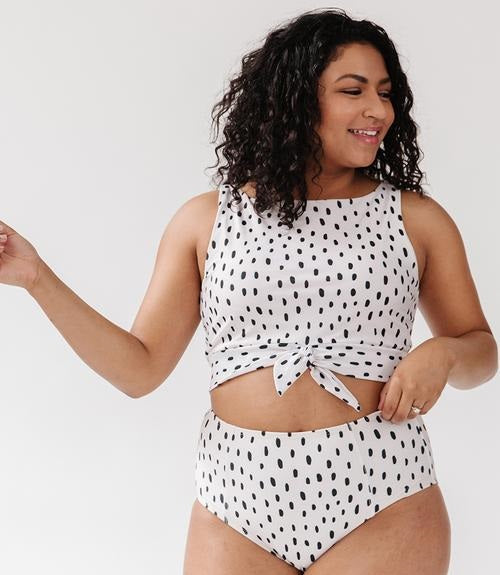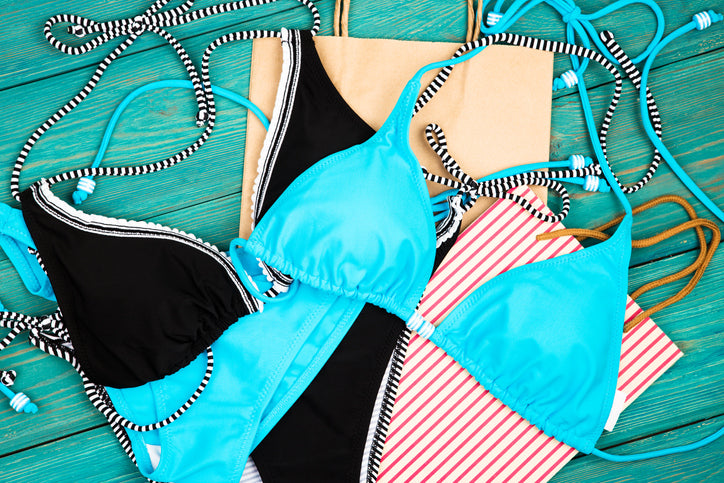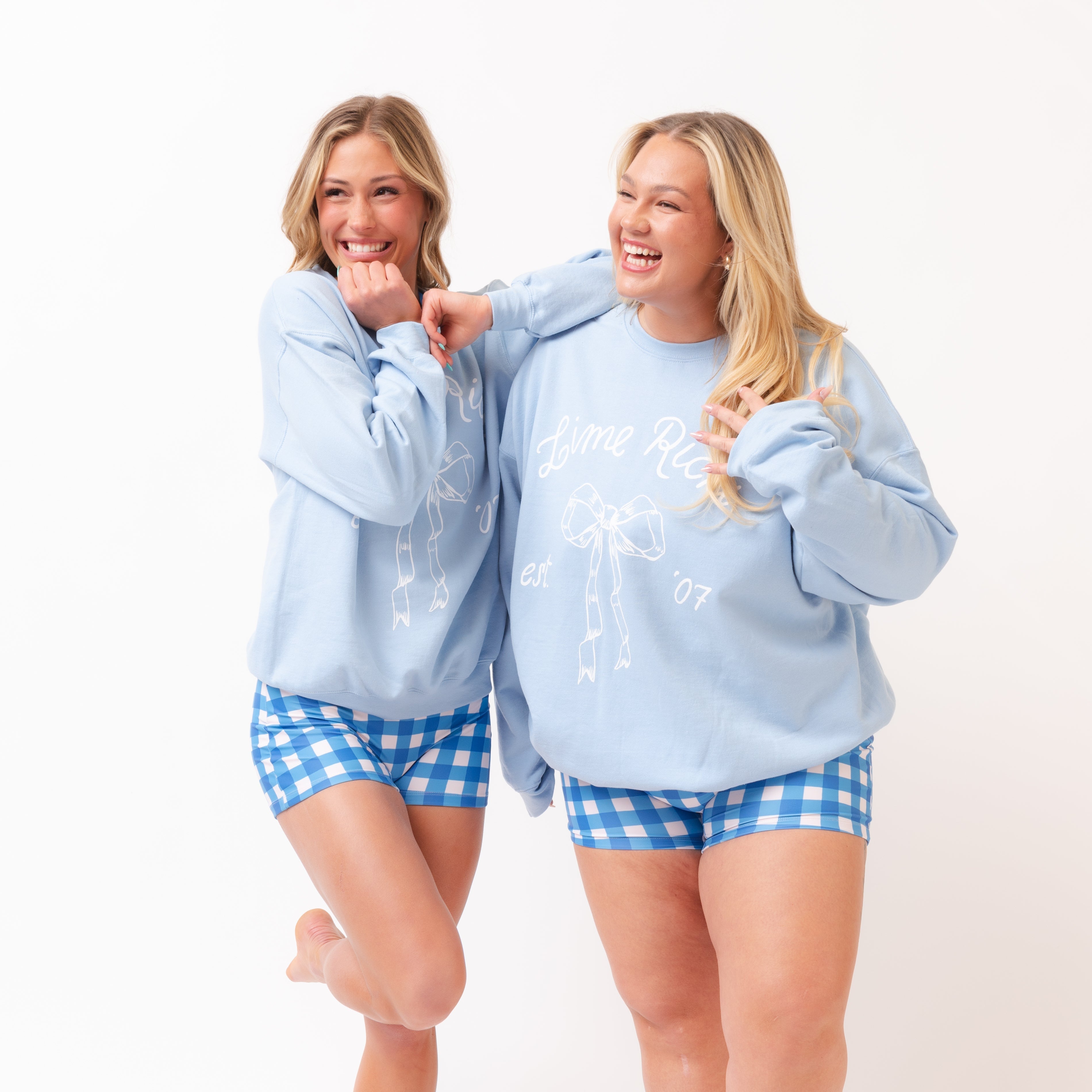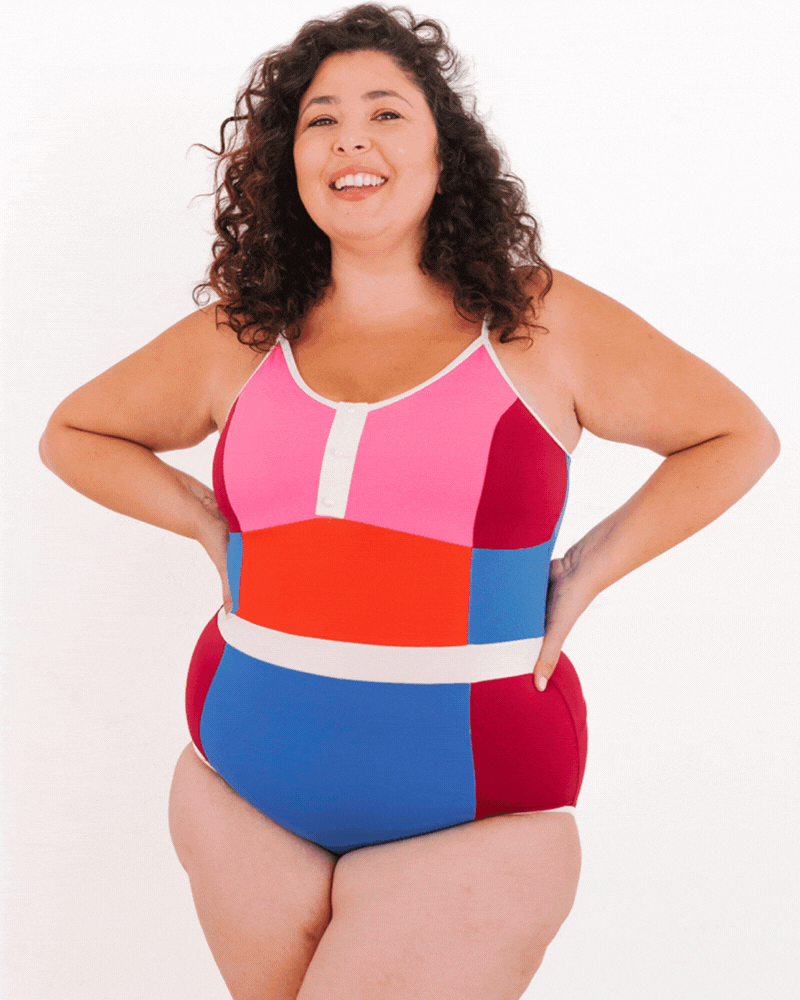Resources

How Plus Size Swimwear Should Fit
We believe every swimsuit should be a blend of comfort, style, and confidence—designed to help you look and feel your best. And when it comes to plus size swimwear, fit is everything, so we’re pass...
Read more
The Lime Ricki Swimsuit Process
Here at Lime Ricki, we are committed to creating high-quality swimwear in fashionable designs with comfort at their core. We want you to feel confident and comfortable so you can focus on what real...
Read more
What Causes Swimwear to Yellow?
Everyone loves the warmer summer air and getting out into the water whether it's a pool, lake, ocean, water park, or even just a small kiddie pool in your backyard to keep you cool while working on...
Read more
With the summer heat warming everything up, you'll be ready to jump into a pool or ocean or lake in no time. With the right swimsuit, you can feel confident and ready to take on the long summer day...
Read more
Emergency and Quick Repairs for Your Swimsuit
No matter how carefully you plan, accidents sometimes happen. Whether you have everything you could ever need for your next beach getaway or a small family backyard BBQ beside the pool, accidental ...
Read more
Buying a new swimsuit can be very exciting. Seeing all the cute new styles available to purchase, knowing that you'll find the one that just fits perfectly and fills you with confidence to get out ...
Read more
Competitive and Regular Swimsuit Differences
Choosing the right swimsuit for the summer season is extremely important. With so many factors going into it as far as color, style, print or no print, matching coverups and more, it can be a tough...
Read more




